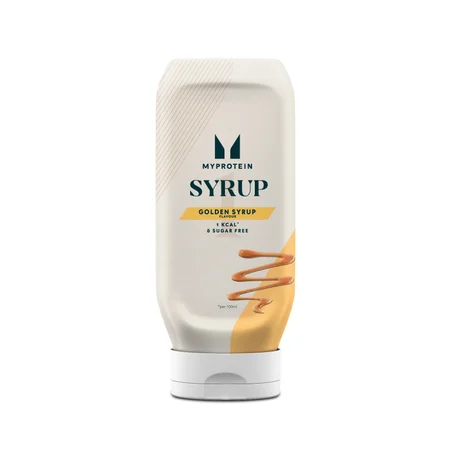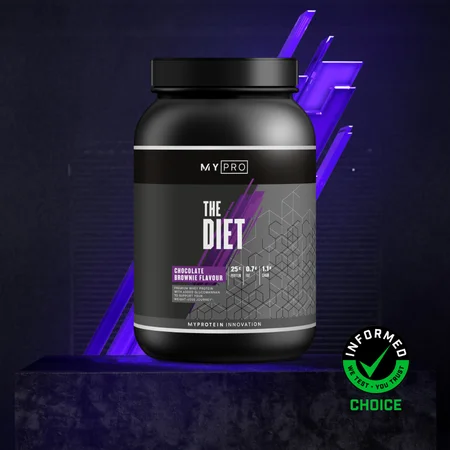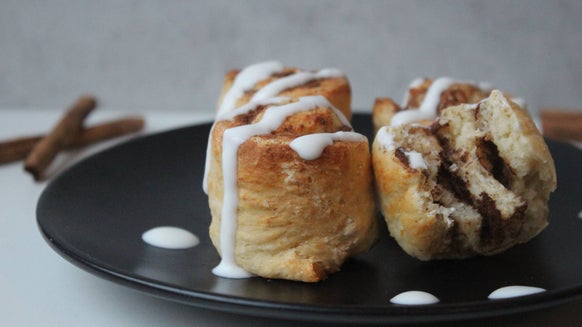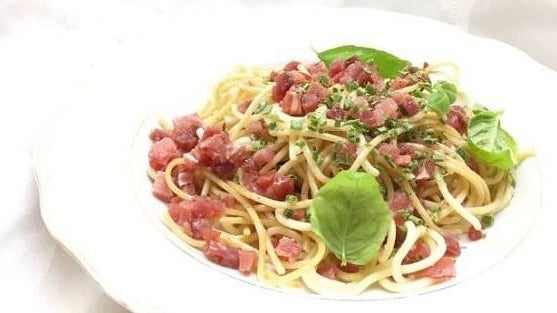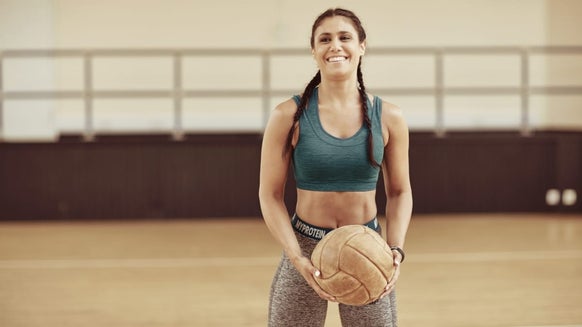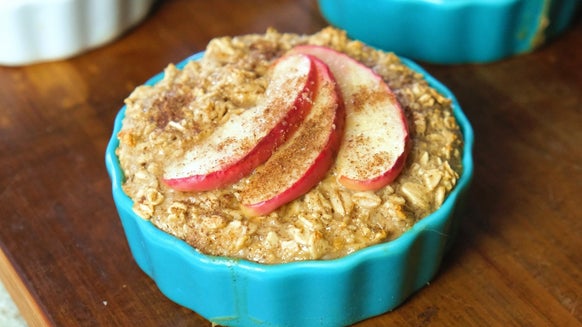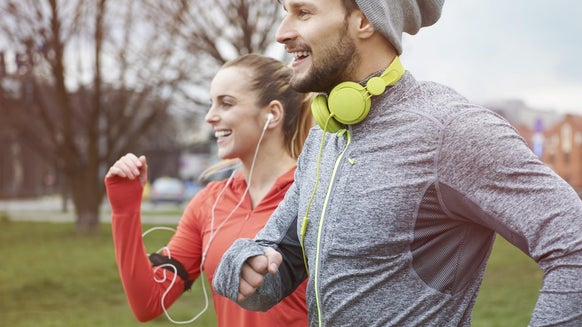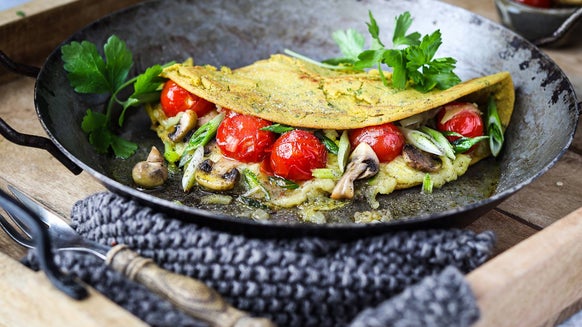
I, shredded: Ein 10-Punkte-Plan zur Reduktion von Körperfett – Teil 2
Hochwertige Proteine als Bausubstanz und Schutz der Muskulatur während der Definitionsphase. (2-2,5g/kg) Kohlenhydrate, der schnell-verfügbare Energietreibstoff, für intensive Trainingsleistung und zur Regeneration der Energiereserven. (Glykogen; Zufuhr nach Bedarf) Fette, gesättigt wie ungesättigt, für einen reibungslos laufenden Stoffwechsel, ein gesundes Hormonprofil und als langsam-verfügbarer Reservetreibstoff im Falle leerer Glykogenvorräte. (min. 0,8-1g/kg) Dazu die obligatorischen 1,5 Liter Wasser pro Tag zzgl. je einem weiteren Liter pro Trainingsstunde, damit euer Körper ausreichend hydriert ist und sämtliche metabolen Prozesse ohne Probleme ablaufen können. Die Einhaltung eines kleinen Kaloriendefizits im Rahmen von 300-500 kcal pro Tag (womit eine durchschnittliche Abnahmerate von 0,5 kg Fett pro Woche durchaus realistisch erscheint)
Dieser Artikel ist wie folgt unterteilt:
- Weshalb Training alleine nicht ausreicht
- Ernährungsumstellung: In Teilschritten zum Erfolg
- Trainingsseitige Aspekte der Körperfettreduktion
- Supplementseitige Aspekte der Körperfettreduktion
- Abschließende Worte
Weshalb Training alleine nicht ausreicht
Ernährungsumstellung: In Teilschritten zum Erfolg
Trainingsseitige Aspekte der Körperfettreduktion
Variable #6: Den Kalorienverbrauch erhöhen
- Man reduziert die Tageskalorienzufuhr und isst weniger als vorher.
- Man lässt die Tageskalorienzufuhr wie sie ist und bewegt sich mehr.
Variable #7: Schweres Training
Warum ist das so wichtig?
Variable #8: Geringere Pausenzeiten zwischen Sätzen
Variable #9: HIIT Cardio
Supplementseitige Aspekte der Körperfettreduktion
Variable #10: Nutzung von Boostern & Fat-Burnern
Koffein (enthalten in Kaffee und Tee) [29][30][31][32][33] Capsaicin (das, was für die Schärfe in der Chili sorgt; senkt u.a. auch den Appetit) [16][17][18][19][20] EGCG (ein Katechin und Antioxidans, welches u.a. in grünem Tee vorkommt und als Grüntee-Extrakt verfügbar ist) [21][22][23][24][25][26] PPQ (welches in Spinat, fermentierten Sojabohnen und Kamillentee vorkommt) [27][28] 5-HTP (eine Form des Tryptophans, die das Hungergefühl reduziert) [15][34][35][36]
Abschließende Worte

[1] Minichowski, DN. (2012): …wenn die Logik nicht greift – Teil IV: Training für Gewichtsverlust. In: AesirSports.de. URL: http://aesirsports.de/2012/07/wenn-die-logik-nicht-greift-teil-iv-training-fur-gewichtsverlust/.
[2] Bahr, R. / Sejersted, OM. (1991): Effect of intensity of exercise on excess postexercise O2 consumption. In: Metabolism. URL: http://www.ncbi.nlm.nih.gov/pubmed/1861633.
[3] Gillette, CA. / Bullough, RC. / Melby, CL. (1994): Postexercise energy expenditure in response to acute aerobic or resistive exercise. In: International Journal of Sports Nutrition. URL: http://www.ncbi.nlm.nih.gov/pubmed/7874151.
[4] Melby et al. (1985): Effect of acute resistance exercise on postexercise energy expenditure and resting metabolic rate. In: Journal of Applied Physiology. URL: http://www.ncbi.nlm.nih.gov/pubmed/8282641.
[5] Osterberg, KL. / Melby, CL. (2000): Effect of acute resistance exercise on postexercise oxygen consumption and resting metabolic rate in young women. In: International Journal of Sports Nutrition and Exercise Metabolism. URL: http://www.ncbi.nlm.nih.gov/pubmed/10939877.
[6] Smith, J. / McNaughton, L. (1993): The effects of intensity of exercise on excess postexercise oxygen consumption and energy expenditure in moderately trained men and women. In: European Journal of Applied Physiology and Occupational Physiology. URL: http://www.ncbi.nlm.nih.gov/pubmed/8299613.
[7] Minichowski, DN. (2010): EPOC – oder – “Discover the Afterburn”. In: AesirSports.de. URL: http://aesirsports.de/2010/04/health-excercise-epoc-oder-discover-the-afterburn/.
[8] EMusclemag.com: Discover the Afterburn. URL: http://www.scottstevensonphd.com/336ripped_EPOCv2_16-10-18.pdf.
[9] Kilgore, L. / Hartman, M. / Lascek, J. (2011): FIT. An Unconventional Guide To Using Conventional Methods For Creating Fitness For The Real World. Killustrated. URL: http://goo.gl/IHpUut.
[10] Schurr, S. (2011): Hochintensives Intervalltraining im Ausdauersport: Trainingswissen kompakt. Books on Demand. URL: http://goo.gl/jxC9FP.
[11] Driver, J. (2012): HIIT – High Intensity Interval Training Explained. URL: http://goo.gl/rC7sxv.
[12] ScienceDaily.com (2012): Runners Can Improve Health and Performance With Less Training, Study shows. URL: http://www.sciencedaily.com/releases/2012/05/120531102205.htm.
[13] Gunnarsson, TP. / Bangsbo, J. (2012): The 10-20-30 training concept improves performance and health profile in moderately trained runners. In: Journal of Applied Physiology. URL: http://jap.physiology.org/content/early/2012/04/30/japplphysiol.00334.2012.
[14] Minichowski, DN. (2012): Carb Back-Loading F.A.Q. Addendum: Cardiotraining & HIIT. In: AesirSports.de. URL: http://aesirsports.de/2012/11/carb-back-loading-f-a-q-addendum-cardiotraining-hiit/.
[15] Minichowski, DN. (2013): Fatburner: Hype & Lügen mit einer Prise Wahrheit. In: AesirSports.de URL: http://aesirsports.de/2013/09/fat-burner-hype-lugen-mit-einer-prise-wahrheit/
[16] Janssens et al. (2013): Acute effects of capsaicin on energy expenditure and fat oxidation in negative energy balance. In: PloS one. URL: http://www.plosone.org/article/info%3Adoi%2F10.1371%2Fjournal.pone.0067786.
[17] Yoshioka et al. (1995): Effects of red-pepper diet on the energy metabolism in men. In: Journal of nutritional science and vitaminology. URL: http://www.ncbi.nlm.nih.gov/pubmed/8926537
[18] Zhang et al. (2007): Activation of transient receptor potential vanilloid type-1 channel prevents adipogenesis and obesity. In: Ciruclation Research. URL: http://www.ncbi.nlm.nih.gov/pubmed/17347480.
[19] Yoshioka et al. (1999): Effects of red pepper on appetite and energy intake. In: The British Journal of Nutrition. URL: http://www.ncbi.nlm.nih.gov/pubmed/10743483.
[20] Yoshioka et al. (2004): Maximum tolerable dose of red pepper decreases fat intake independently of spicy sensation in the mouth. In: The British Journal of Nutrition. URL: http://www.ncbi.nlm.nih.gov/pubmed/15182402.
[21] Bose et al. (2008): The major green tea polyphenol,(-)-epigallocatechin-3-gallate, inhibits obesity, metabolic syndrome, and fatty liver disease in high-fat–fed mice. In: The Journal of nutrition. URL: http://www.ncbi.nlm.nih.gov/pubmed/18716169.
[22] Hill et al. (2007): Can EGCG reduce abdominal fat in obese subjects? In: Journal of the American College of Nutrition. URL: http://www.ncbi.nlm.nih.gov/pubmed/17906193.
[23] Gregersen et al. (2009): Effect of moderate intakes of different tea catechins and caffeine on acute measures of energy metabolism under sedentary conditions. In: The British Journal of Nutrition. URL: http://www.ncbi.nlm.nih.gov/pubmed/19445822.
[24] Maki et al. (2009): Green tea catechin consumption enhances exercise-induced abdominal fat loss in overweight and obese adults. In: The Journal of Nutrition. URL: http://www.ncbi.nlm.nih.gov/pubmed/19074207.
[25] Hursel et al. (2011): The effects of catechin rich teas and caffeine on energy expenditure and fat oxidation: a meta-analysis. In: Obesity Reviews. URL: http://www.ncbi.nlm.nih.gov/pubmed/21366839.
[26] Ashida et al. (2004): Anti-obesity actions of green tea: Possible involvements in modulation of the glucose uptake system and suppression of the adipogenesis-related transcription factors. In: Biofactors. URL: http://onlinelibrary.wiley.com/doi/10.1002/biof.5520220126/abstract.
[27] Kelly, D. P. (2012): Irisin, light my fire. In: Science. URL: http://www.sciencemag.org/content/336/6077/42.summary.
[28] Minichowski, DN. (2013): Irisin: Wie Fettgewebe zum Energieverbraucher wird. In: AesirSports.de. URL: http://aesirsports.de/2013/05/irisin-wie-fettgewebe-zum-energieverbraucher-wird/.
[29] Arciero et al. (1995): Effects of caffeine ingestion on NE kinetics, fat oxidation, and energy expenditure in younger and older men. In: Am J Physiol. URL: http://www.ncbi.nlm.nih.gov/pubmed/7611396.
[30] Acheson et al. (1980): Caffeine and coffee: their influence on metabolic rate and substrate utilization in normal weight and obese individuals. In: The American journal of clinical nutrition. URL: http://www.ncbi.nlm.nih.gov/pubmed/7369170.
[31] Graham et al. (2008): Does caffeine alter muscle carbohydrate and fat metabolism during exercise? In: Applied Physiology, Nutrition, and Metabolism. URL: http://www.ncbi.nlm.nih.gov/pubmed/19088793.
[32] Doherty, M. / Smith, PM. (2005): Effects of caffeine ingestion on rating of perceived exertion during and after exercise: a meta‐analysis. In: Scandinavian journal of medicine & science in sports. URL: http://www.ncbi.nlm.nih.gov/pubmed/15773860.
[33] Doherty et al. (2004): Caffeine lowers perceptual response and increases power output during high-intensity cycling. In: Journal of sports sciences. URL: http://www.ncbi.nlm.nih.gov/pubmed/15370494.
[34] Cangiano et al. (1998): Effects of oral 5-hydroxy-tryptophan on energy intake and macronutrient selection in non-insulin dependent diabetic patients. In: Int J Obes Relat Metab Disord. URL: http://www.ncbi.nlm.nih.gov/pubmed/9705024.
[35] Ceci et al. (1989): The effects of oral 5-hydroxytryptophan administration on feeding behavior in obese adult female subjects. In: J Neural Transm. URL: http://www.ncbi.nlm.nih.gov/pubmed/2468734.
[36] Cangiano et al. (1992): Eating behavior and adherence to dietary prescriptions in obese adult subjects treated with 5-hydroxytryptophan. In: Am J Clin Nutr. URL: http://www.ncbi.nlm.nih.gov/pubmed/1384305.
